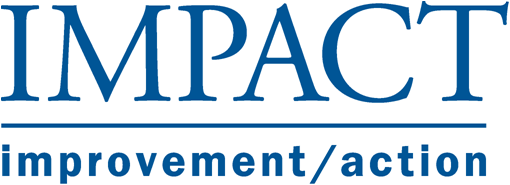Maureen Bisognano, Executive Vice President and COO, IHI
Barbara Balik, Senior Faculty, Institute for Healthcare Improvement
Karen Lee, Vice President of Nursing, Carondelet Health
The attendees, who are primarily CNOs introduced themselves, describing what they can contribute to the session and identifying their needs moving forward.
It seems that there are few safety initiatives that do not involve nursing and there is general agreement that housing the Clinical Excellence leader in the nursing department is logical since nursing is the largest workforce. The following questions were posed by attendees and really speak to the types of questions that plague senior administrators and illustrate possible IMPACT training possibilities:
- Many nursing systems are using LEAN to redesign individual hospital units but it is very resource intensive to spread the LEAN training to all areas of the hospital. How can one transfer the Toyota LEAN philosophy to the entire culture?
- How to come up with an appropriate and reasonable labor standard that’s marketable (high quality and cost efficient) when there is such a high rate of acute care patients currently?
- How to implement a system of leadership when executives have very different personalities than caregivers?
- What can we do to help middle level managers who struggle with organizational changes?
- How to document and bundle new measures that now require detailed documentation?
- Our hospital is able to successfully roll out new initiatives and see immediate change, but how can we truly sustain this improvement?
Ginny’s Story was shown to the group as an example of a patient telling about her personal experience in a system plagued with inconsistent medical care and errors. It seems that almost every attendee present possesses a tragic story of a patient in their hospital who experienced a medical error and whose story has been listened to, documented or filmed in order to create a powerful reminder and hopefully a will for system change.
In her study, Maureen Bisognano found that the CEOs in large companies are able to manage the top 500 managers in their systems and have implemented processes to achieve high value with high performance. In this respect, regardless of different styles or settings, leadership was seen as a series of processes. Ultimately, healthcare leaders must develop the skills to become “bilingual” in order to effectively communicate with both executives and hospital staff in a language that is translatable to each.

No comments:
Post a Comment